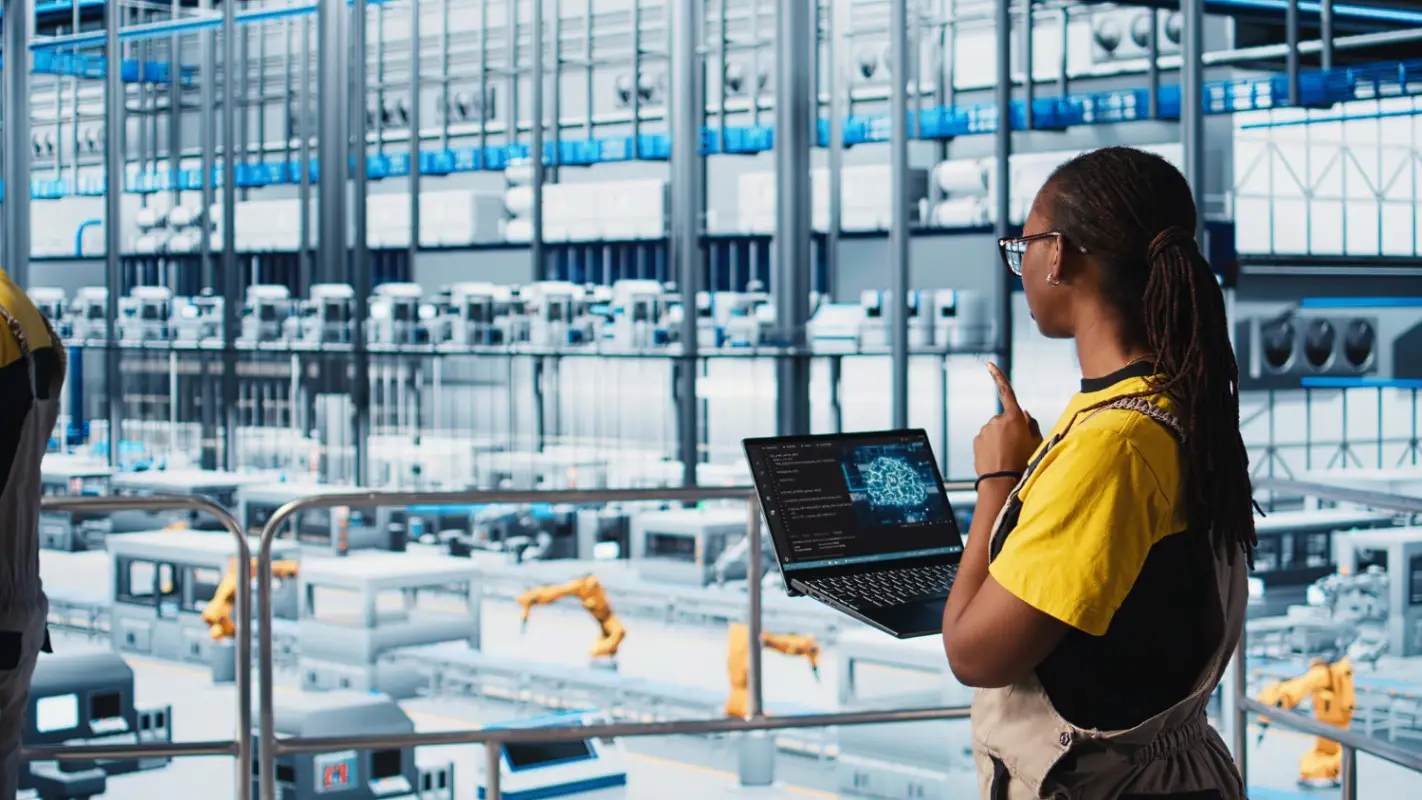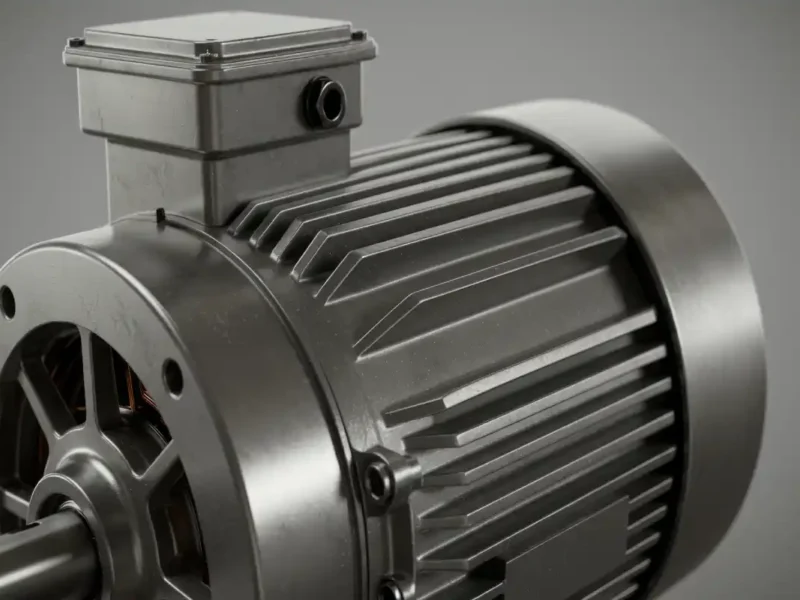In today’s dynamic industrial landscape, smart manufacturing rapidly redefines what’s possible for production environments. Connected technology is at the heart of this transformation, acting as a critical driver that enables manufacturers to enhance efficiency, flexibility, and resilience across complex operations. By integrating advanced digital tools, networked machines, and data-driven processes, smart factories can anticipate issues before they escalate, optimize end-to-end workflows, and deliver higher-quality products at lower costs.
A critical component in this new era is the adoption of manufacturing predictive analytics software, which leverages real-time data to help manufacturers predict equipment failures, streamline production lines, and effectively manage valuable assets. Rather than operating reactively, manufacturers can use predictive analytics to identify patterns and intervene early, minimizing disruptions and maximizing uptime in an increasingly competitive market.
Factories are evolving into intelligent, adaptive systems through the convergence of innovations such as the Industrial Internet of Things (IIoT), artificial intelligence (AI), cloud computing, and robust 5G connectivity. These technologies don’t work in isolation—their combined use creates synergies that amplify benefits across the value chain.
By coupling these emerging capabilities with solutions like manufacturing predictive analytics software, leading players in the manufacturing sector are realizing tangible gains—including reduced downtime, proactive maintenance, improved product quality, and enhanced competitiveness in global markets. The acceleration of digital transformation, especially post-pandemic, has further highlighted the necessity for connected, flexible operations that can quickly adjust to disruptions, changing customer needs, and supply chain variability.
Contents
Industrial Internet of Things (IIoT)
The Industrial Internet of Things (IIoT) has revolutionized industrial operations by connecting a vast network of sensors, machines, and devices across factory floors. These interconnected systems continuously transmit data, enabling manufacturers to monitor equipment health in real time, automate process control, and collect vast amounts of actionable intelligence. IIoT enables immediate responses to equipment failures, while supporting predictive and prescriptive maintenance strategies that reduce planned and unplanned downtime.
With real-time insights into operating conditions, manufacturers can make better-informed decisions, enhance asset utilization, and minimize energy consumption. The increased visibility afforded by IIoT improves productivity and significantly reduces operational costs and risk, providing a foundation for smarter, data-driven factories of the future.
Artificial Intelligence (AI) in Manufacturing
Artificial intelligence is dramatically reshaping the manufacturing sector by directly embedding intelligent analytics and process automation onto the production floor. AI-driven platforms can detect subtle patterns in process data, forecast product demand, optimize supply chains, and instantly flag anomalies indicative of quality issues or equipment wear.
When integrated with IIoT, AI algorithms can process massive streams of real-time machine data, enabling dynamic production schedule adjustments, automated defect detection, and rapid root-cause analysis without manual intervention. Powered by AI, predictive maintenance extends equipment lifespan and boosts operational efficiency by identifying potential failures and recommending preemptive actions before issues arise.
The insights generated by AI don’t just enhance the day-to-day running of factories, but allow organizations to identify opportunities for continuous improvement, supporting a culture of innovation and adaptability. As industry leaders have highlighted, embracing AI marks a pivotal step toward building operational resilience and agility in a world where responsiveness is paramount.
Cloud and Edge Computing
Cloud and edge computing technologies work hand in hand to empower manufacturers to harness centralized storage power and real-time local processing capabilities. Cloud platforms provide seamless data integration across diverse factories, business units, and geographies, enabling enterprises to build unified data lakes and implement advanced analytics at scale. This centralized architecture makes it easy to standardize processes, benchmark performance, and roll out updates faster.
In parallel, edge computing brings data processing closer to its source—enabling immediate, site-level responses to production conditions and quality checks. This real-time data handling is especially critical for time-sensitive applications such as robotic guidance, machine vision, and environmental controls.
Together, cloud and edge computing enable rapid innovation, improve manufacturing responsiveness, and deliver secure, enterprise-wide visibility into all levels of operation. This dual approach maximizes flexibility, as manufacturers can process data locally and globally according to need, unlocking new value from their digital assets.
5G Connectivity
Advanced communication networks like 5G are rapidly becoming the backbone of modern smart factories, delivering industry-leading speed, capacity, and reliability. The ultra-low latency of 5G means that data from an array of sensors, cameras, and autonomous machinery is transmitted nearly instantaneously, enabling sophisticated feedback loops, automation, and process optimization.
The rollout of private 5G networks within production facilities empowers manufacturers to optimize robotics deployment, drive real-time augmented reality applications, and precisely coordinate fleets of automated guided vehicles with minimal lag. This foundation allows for seamless communication among many devices on the factory floor, making processes more robust and adaptable. As 5G becomes more widely available, its impact is expected to accelerate—facilitating everything from remote equipment monitoring to innovative safety systems.
Augmented Reality (AR) in Factories
Augmented reality (AR) technology bridges the gap between digital data and physical manufacturing spaces, transforming how people interact with complex information. With AR-enabled headsets, tablets, or smart glasses, workers can access interactive manuals, step-by-step visualizations, and real-time instructions directly in their workspace. This digital augmentation simplifies complex assembly, maintenance, and repair procedures, allowing new and experienced workers to complete tasks more quickly and confidently.
AR minimizes the risk of human error and reduces the need for extensive paper documentation, but also improves workplace safety by ensuring that critical information is always accessible at the right time and place. It’s particularly valuable in highly regulated industries or for onboarding new personnel, as it can standardize best practices across global sites and drive consistent results even in challenging or ever-changing environments.
Connected Workforce
Digitally empowered employees are central to the future of manufacturing, as the role of people continues to evolve alongside automation and advanced robotics. A connected workforce is equipped with mobile devices, intelligent wearables, and collaborative software platforms enabling real-time communication, expert knowledge access, and rapid problem resolution. These digital tools support ongoing skills development, facilitate remote troubleshooting, and provide instant feedback through data dashboards and alerts.
The benefits are multifaceted: enhanced agility, better decision-making accuracy, and the ability to respond quickly to unexpected production challenges. As workers become more embedded in physical and virtual environments, their situational awareness and collaboration skills are heightened, driving ongoing productivity improvements and strengthening the organization’s ability to innovate in a fast-moving market.
Collaborative Ecosystems
The modern manufacturing industry is increasingly shaped by collaborative ecosystems that link suppliers, technology partners, and customers in integrated networks. Rather than working in traditional silos, organizations now share critical data, resources, and expertise across boundaries, unlocking new possibilities for joint problem-solving and accelerated product innovation. These collaborative hubs can dramatically lower costs, expand market reach, and shorten the time needed to bring new products to market.
The value of such networks becomes especially apparent during periods of disruption, such as the COVID-19 pandemic, where innovative manufacturing alliances enabled the rapid scaling of medical device and protective equipment production. Ultimately, these ecosystems foster resilience, agility, and a culture of open innovation fundamental to thriving in today’s volatile global economy.
Conclusion
Connected technology is fundamentally transforming traditional manufacturing into a landscape defined by smart factories—where innovations like IIoT, AI, cloud and edge computing, 5G, AR, and a digitally connected workforce unite to drive unprecedented gains in productivity and creativity.
Manufacturers who proactively adopt these enabling technologies and embrace collaborative ecosystems are uniquely positioned to succeed in a rapidly shifting global market. As industries continue to evolve, those organizations that commit to digital transformation will deliver even greater value to their customers, partners, and stakeholders, setting new benchmarks for quality, flexibility, and long-term resilience.



